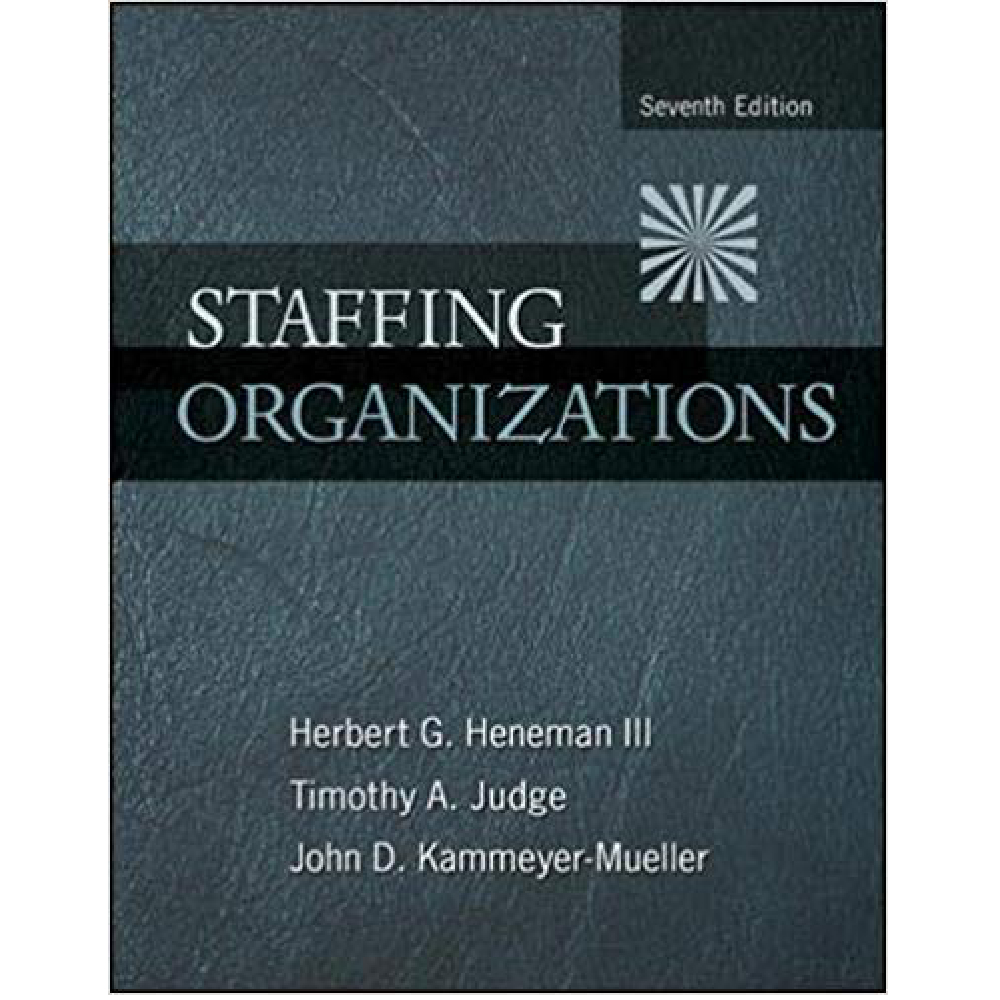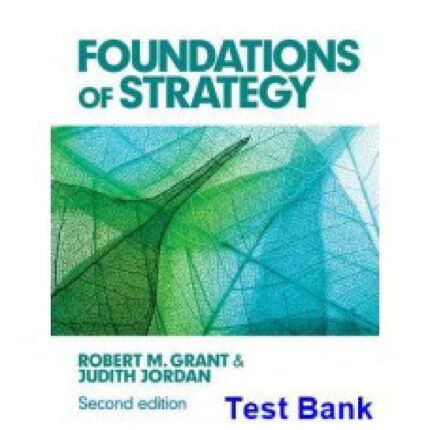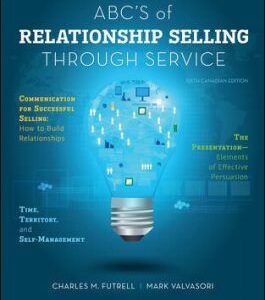Overview
True / False Questions
1. Practical significance is the sign of a correlation coefficient.
FALSE
2. Validity refers to the relationship between predictor and criterion scores.
TRUE
3. A useful predictor is one where the sign of the relationship is consistent with the logic or theory behind the predictor.
TRUE
4. Statistical significance is stated as a probability and indicates a given predictor’s chances of yielding similar validity coefficients with different sets of applicants.
TRUE
5. A significance level of p < 0.05 means that there are fewer than 5 chance in 100 of concluding there is a relationship in the population of job applicants, when in fact, there is not.
TRUE
6. In general, the greater the correlation of a given predictor with other predictors of a criterion, the more useful the predictor will be.
FALSE
7. The usefulness of a predictor is determined by the value it adds to the prediction of job success above and beyond the forecasting powers of other available predictors.
TRUE
8. There are no cases in which a predictor has high validity and high adverse impact.
FALSE
9. All other things being equal, if a selection specialist must decide between two predictors, the one that causes the least adverse impact would be the best choice.
TRUE
10. Utility refers to the expected gains to be derived from using a predictor.
TRUE
11. The selection ratio is the number of people hired divided by the number of applicants, and it is desirable that this ratio be high.
FALSE
12. It is desirable that the denominator of a selection ratio be small.
FALSE













Reviews
There are no reviews yet.